Many parents think that physical examination is not to measure weight and height, but to use what.
During the period of 0-3 years old, the baby has to go through at least 10 physical examinations. These physical examinations are by no means as simple as parents think. They can not only effectively evaluate the growth and health status of the baby, but also discover the potential diseases and growth retardation of the baby in time.
Not only that, it can also provide strong guidance for the feeding and development of the baby, so that parents can raise their children without detours.
At birth-within 3 days after birth
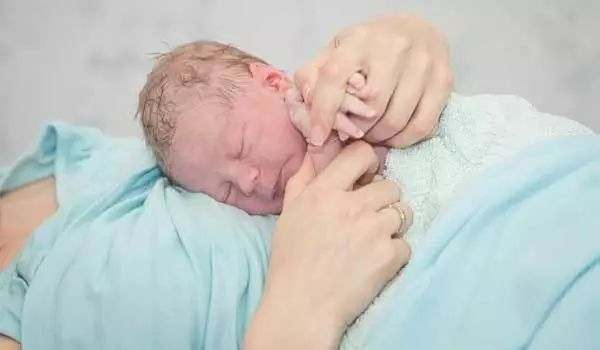
After the baby comes out of the mother’s stomach, the doctor will give the newborn APGA score, including heart rate, respiration and skin, to see if the baby’s response to stimulation, vital signs are stable, and whether further diagnosis and treatment are needed in the neonatal department.
In addition, the baby will be examined physically: weight, height, head circumference, fontanelle size, and whether the baby has congenital diseases, such as congenital nevus, color spots or hemangioma, etc.
The doctor will come to give the baby a second physical examination within 3 days after the baby is born and before he is discharged from the hospital.
In addition to physical examination like newborn, it also includes newborn hearing screening, collection of newborn sole blood for congenital metabolic disease screening, detection of newborn jaundice value, etc.
If there are suspicious signs of disease, further examination will be carried out according to the corresponding situation.
1 month
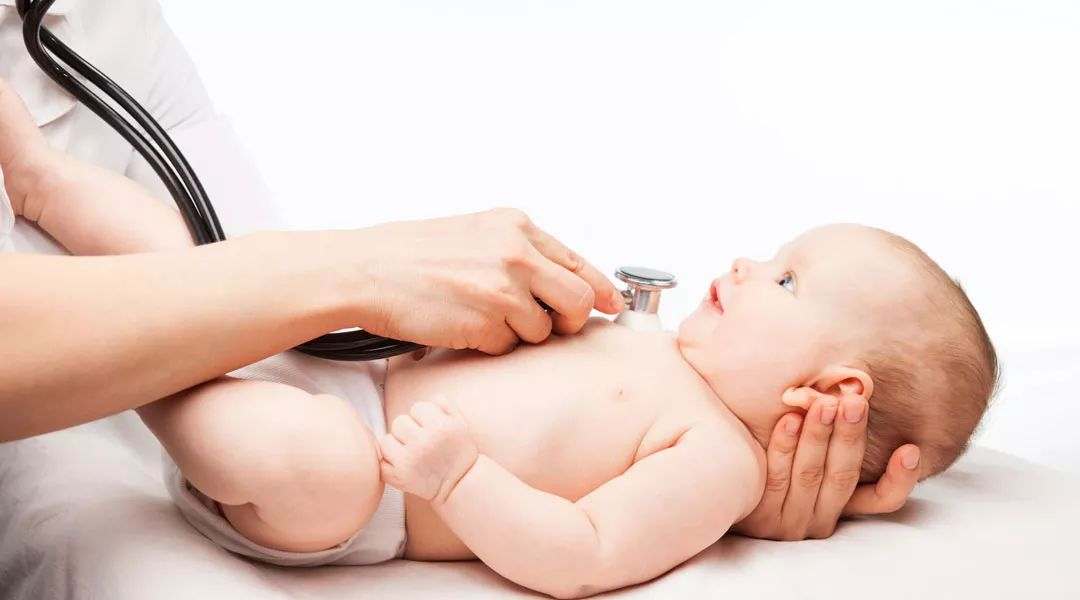
In addition to the general physical examination, it is also necessary to know the baby’s past history and family history, such as the number of births, term or premature delivery, jaundice, breast feeding, whether there are hypertension, heart disease, epilepsy, and other sick family members in the family, etc., so as to assess whether the baby has risk factors for a certain disease.
It will also evaluate the baby’s language ability and social ability. At this time, the baby should be able to make [oh, goo, ah] sounds, respond to people simply, smile with people, lie prone for a while, and dance hands and feet.
2 months
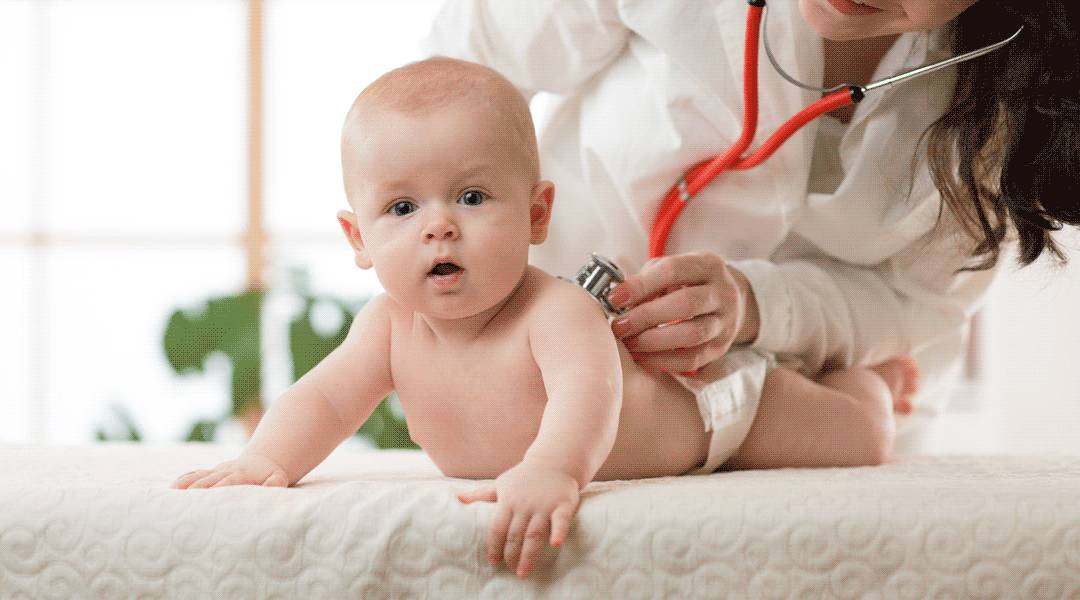
Physical examination should pay attention to whether leg lines and hip lines are symmetrical, and perfect hip joint examination when necessary.
Detection of Baby’s Ability Development:
- Speech ability: can make simple sounds, giggle, communicate with people, etc. Great exercise ability: can look up, head erection time is longer than the previous month, limbs can dance freely; Fine movement ability: hands can be freely extended or clenched, hands can be played in front of the chest, etc. Visual development: the ability to follow the eye is stronger than before, the eyes can follow the movement of objects and begin to be interested in bright colors; Hearing ability: can find sound sources, listen to music can be quiet, etc. Social skills: Can make people laugh, can distinguish mothers through smell, vision and hearing.
4 months
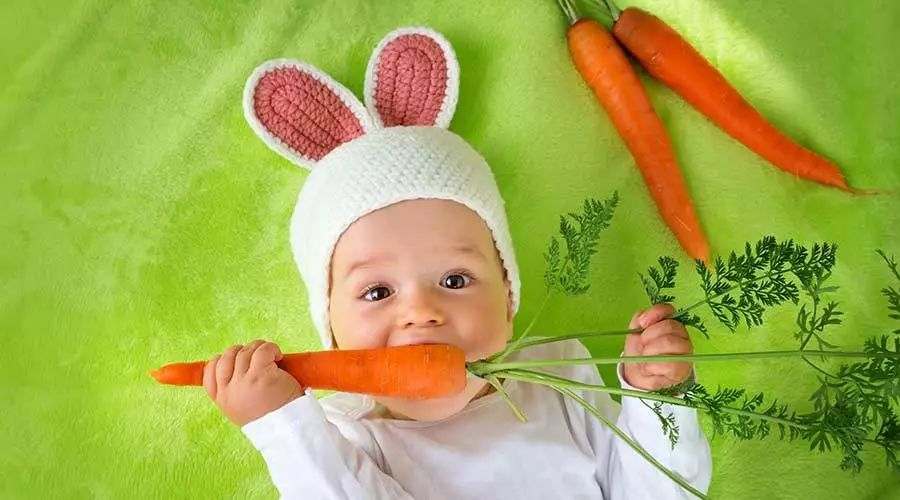
Compared with March, there is no change, but the ability development will be different.
Detection of various ability development:
- Speech ability: can babble and communicate with people; Great exercise ability: raise your head steadily and support your upper body with your forearm when lying prone. You can turn from supine position to lateral position, and some babies can turn over to prone position. Fine exercise ability: can take toys from adults’ hands, like to put them in the entrance, and can look at their own hands, etc. Visual development: can stare at objects or people to see, gradually forming visual conditioned reflex, such as seeing a bottle will stretch out his hand to wait; Hearing ability: When hearing the sound, one will turn one’s head to look for it. When hearing the concert, one will have repeated physical movements, but the movements and music are not in harmony. Social skills: Can make people laugh, can stretch out their hands to their mothers, etc.
6 months
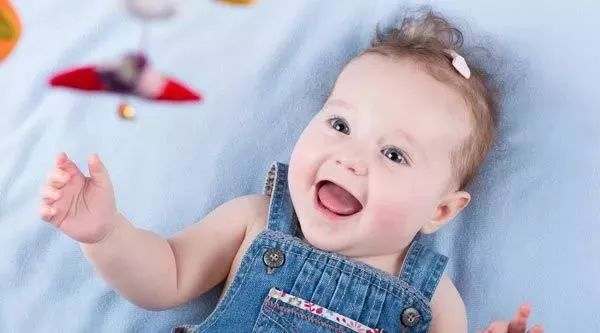
This period of the baby will appear physiological anemia period, need to test blood routine to understand whether there is anemia, as well as the type and degree of anemia. According to the baby’s physical examination, consider whether to further check, such as considering calcium deficiency, then further check the content of 25 hydroxyvitamin D in the blood
Detection of various ability development:
- Speech ability: will unconsciously utter [ma, pa, ba] similar syllables, will use different sounds to express different meanings; Great athletic ability: You can sit alone for a moment. When adults stand on their hands, they will jump and climb. Fine exercise ability: will take the initiative to grasp the hanging toys, can grasp the toys for a while in their hands, can exchange toys with both hands, etc. Ability to solve problems: you can put the bottle into your mouth, etc. Social skills: Begin to be able to distinguish strangers, understand adults’ attitude towards speaking, and feel adults’ emotional changes.
9 months
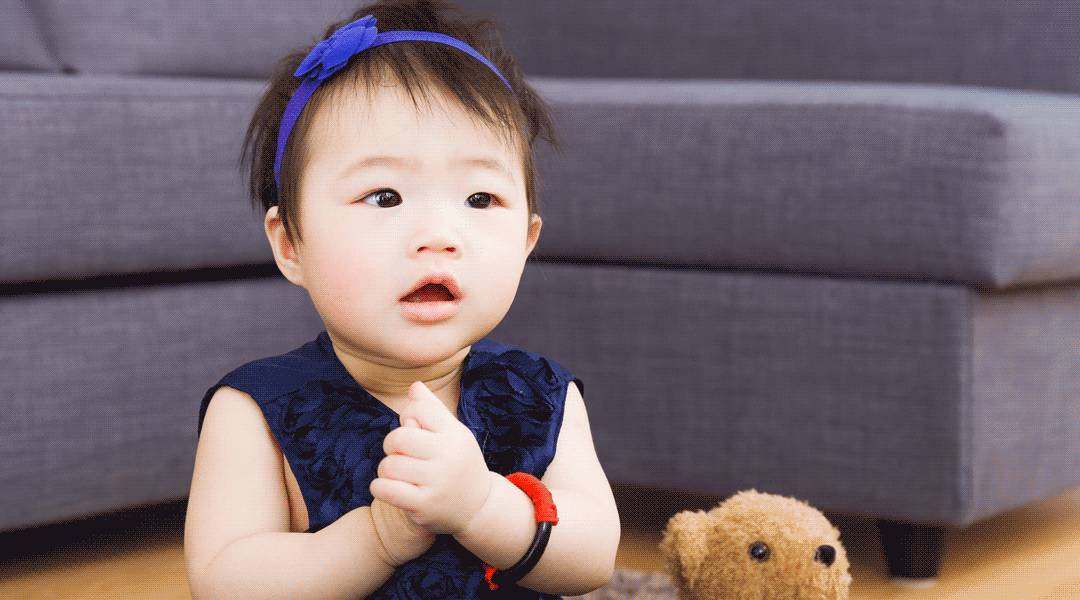
In terms of physical examination, routine examination shall continue.
Detection of various ability development:
- Speech ability: understand [no], understand the meaning of some simple words, can connect some simple words with actions, etc. Great athletic ability: sit steadily, climb, stand on your own, and some babies can walk two steps on your own. Fine exercise ability: can smoke paper towel, fingers are more flexible, learn to use thumb, can put fingers into small holes, etc. Cognitive ability: can look in the mirror, begin to know oneself, can observe the surrounding things, etc. Social ability: Social ability is enhanced, and some ordinary social activities will be held, such as clapping hands to express [welcome], waving hands to express [goodbye], etc.
12 months
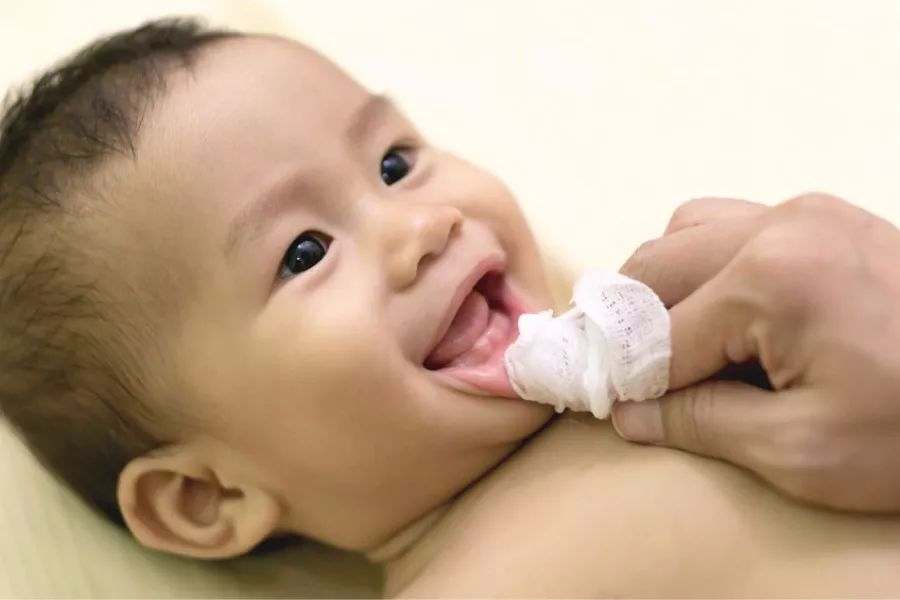
Physical examination pays special attention to the baby’s oral examination and teething. Within 1 year, routine physical examination can be conducted once for stool routine and urine routine.
Detection of various ability development:
- Speech ability: Can listen to more words and express them in their own language. Some babies can consciously say some simple words. Great athletic ability: able to stand on the railing, most babies can stand alone and walk on their own. Fine exercise ability: hands can turn over books, or play with toys, can cover the lid, etc. Ability to solve problems: cooperate with parents when dressing and undressing; Social skills: Can skillfully express simple social etiquette, such as “goodbye, welcome”, begin to have self-awareness, can say [no], etc. Cognitive ability: It refers to one’s facial features and common daily necessities.
18 months
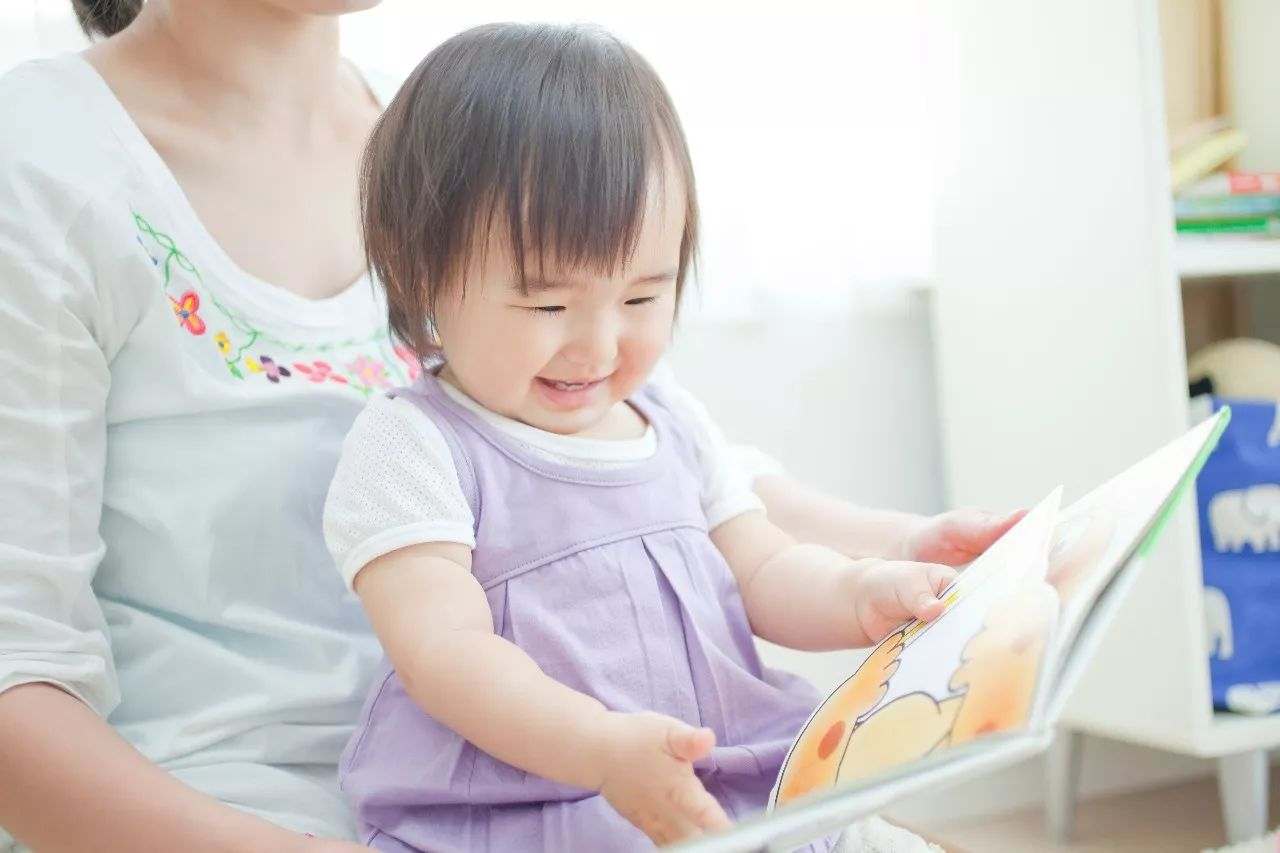
Continue to pay attention to the situation of tooth emergence. Most babies aged one and a half can erupt about 12 ~ 14.
Detection of various ability development:
- Speech ability: Can speak more words, can execute simple instructions, can say their nicknames, their requirements and some physical objects; Great athletic ability: walk relatively steadily, can squat down freely, stand up, then walk again, seldom wrestle, can lift the foot to kick the ball, etc. Fine movement ability: can use a pen, can imitate drawing lines, can accurately put small items into bottles, etc. Ability to solve problems: to take off simple clothes, etc. Social skills: You can share and play with children, be clearly aware of your existence, and begin to have fears, such as fear of darkness or animals. Cognitive ability: At first, I will identify some pictures of real objects.
2 years of age
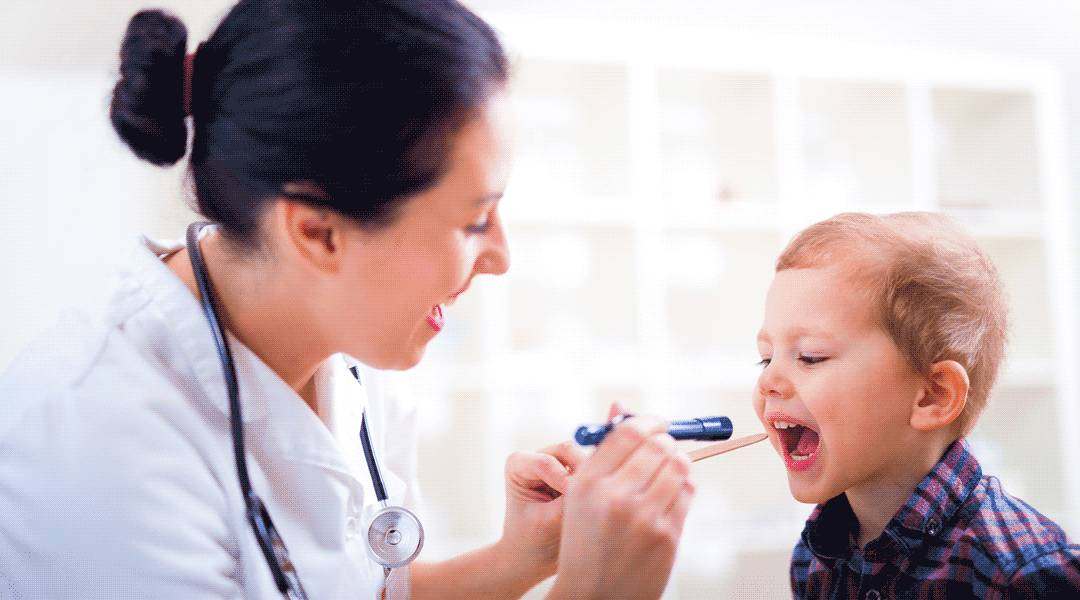
This age basic deciduous teeth, 18 ~ 20 teeth or so, at this time need to pay attention to whether the baby has dental caries, male baby should pay special attention to whether there is phimosis, prepuce is too long and so on. If so, it is recommended to deal with specialist treatment.
Detection of various ability development:
- Speech ability: like to speak, can speak simple sentences of 3 words, can have simple dialogue with adults, etc. Great athletic ability: run steadily, seldom wrestle, can go up and down stairs by oneself, learn to jump; Fine movement ability: can turn books page by page, can open doors, can build 7 ~ 8 layers of building blocks, etc.; Ability to solve problems: can wear simple clothes, can express oneself before defecating and urinating, etc. Social skills: can understand praise, criticism, like praise. Can understand the initial concept of right and wrong, etc. Cognitive ability: At first, you can distinguish colors, and your hands can imitate adults to do some things.
3 years of age
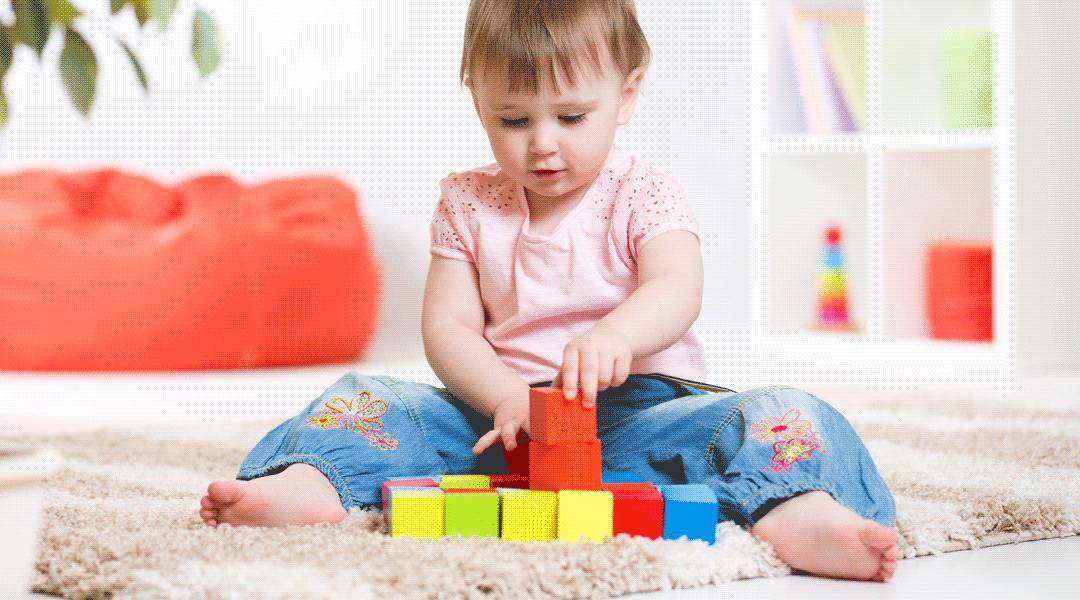
At this stage of the baby’s physical examination, the blood routine can be tested again to see if there is anemia.
Detection of various ability development:
- Speech ability: can say one’s own name, can say complete sentences, understand [you, me, him], etc. Great athletic ability: can alternately climb and descend stairs on both feet, can stand on one foot, can walk on the toe, etc. Fine movement ability: can imitate and draw simple paintings, etc. Ability to solve problems: wash hands, wear and take off clothes, etc. Social skills: like to play and share with children, can queue up, etc. Cognitive ability: ability to distinguish length, direction, counting, etc.
During the physical examination, if parents have any questions during the child-rearing process, they can consult a doctor, who will give corresponding suggestions.
